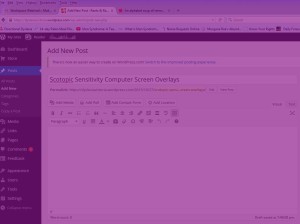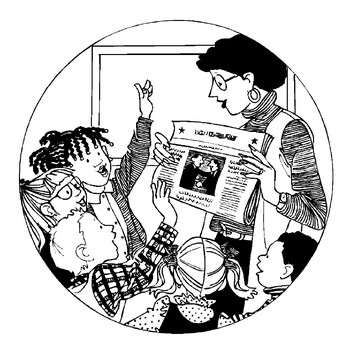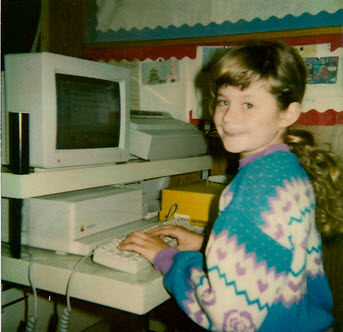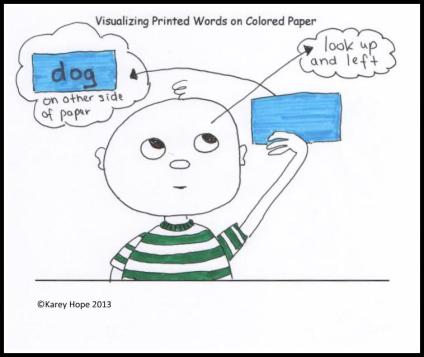 As a Dyslexic, I have struggled with issues common to many Dyslexics. One of those problems is time management. We tend to live in the moment, not great at schedules and struggle with the sequences important to organizing our time.
As a Dyslexic, I have struggled with issues common to many Dyslexics. One of those problems is time management. We tend to live in the moment, not great at schedules and struggle with the sequences important to organizing our time.
When I was in my twenties I could never be on time and either was almost or was late getting to work or school. Friends would invite me over for dinner and ask me to show up an hour earlier than they expected me because they knew I would be an hour late. Very embarrassing.
Eventually I decided to change this bad habit when a friend told me not being on time was disrespectful. I wasn’t caring about the people’s valuable time I was planning to meet.
My approach to recognizing and to manage my problem was to address how my mindset, typical of Dyslexics, got in the way and how to work with it. My main issue with being on time was how I thought about the time to be someplace, say 5pm. I didn’t think about what was involved in getting there. I just thought about 5pm and often totally forgot about going. Shortly before I was due to arrive was when I thought about getting ready. Aarrghh! Late again.
Some of the most effective changes I made were:
I take the time I’m supposed to arrive, subtract the drive or walk time, subtract the amount of time to get ready and add an extra half hour to force myself to prepare.
For example: If I was due somewhere at 5pm, I would subtract the driving time, say 30 minutes, subtract getting ready – another 30 minutes and time to be distracted – 30 minutes so I needed to start getting ready around 3pm.
5:00 pm - Arrive 4:30 pm - Drive 4:00 pm - Get ready 3:30 pm - Think about getting ready and stop whatever I was doing 3:00 pm - Be aware of being somewhere at 5:00pm
These days I keep a datebook and actually look at it to remember I have to go somewhere and think to myself “3:00 not 5:00”.
To keep myself on track I use a timer. I will start the timer at noon to go off at 3:00 and use it again to time the 30 minutes to get ready.
This sounds a little complicated but it works. What I’m emphasizing is figure out what time to start to get somewhere on time, not the time you have to be there. This is especially helpful with getting to work on time.
For more ideas on managing Dyslexia check us out at Dyslexia Victoria Online

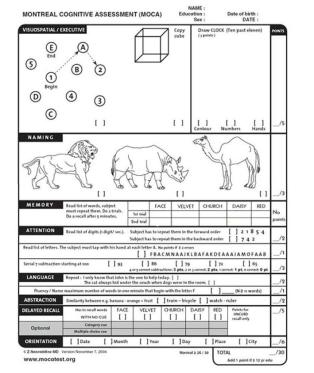 Recently I had a scary event. I had a minor stroke. Luckily I’m fine and with certain changes I should be able to avoid another one. I wasn’t allowed to drive however until I had fully recovered and was able to pass a cognition test. When I went to take the test with my family doctor I discovered something that really concerns me.
Recently I had a scary event. I had a minor stroke. Luckily I’m fine and with certain changes I should be able to avoid another one. I wasn’t allowed to drive however until I had fully recovered and was able to pass a cognition test. When I went to take the test with my family doctor I discovered something that really concerns me.
 Have you ever noticed that some of your employees or fellow workers are easier to work and communicate with than others? Have you found that some colleagues are easy to understand and you can follow their directions when they are explaining work-related issues? Have you been confused by a supervisor’s description of a new job task and don’t really know what you are supposed to do or how?
Have you ever noticed that some of your employees or fellow workers are easier to work and communicate with than others? Have you found that some colleagues are easy to understand and you can follow their directions when they are explaining work-related issues? Have you been confused by a supervisor’s description of a new job task and don’t really know what you are supposed to do or how? Let me give you an example. Joan is an accountant and is managing the accounting and production department of a entertainment industry business. She was moving on and had hired Anne, a potential replacement for her. There was going to be a lengthy training period of several months.
Let me give you an example. Joan is an accountant and is managing the accounting and production department of a entertainment industry business. She was moving on and had hired Anne, a potential replacement for her. There was going to be a lengthy training period of several months. Anne processes information and works in a completely different thinking style. She was confused by Joan’s initial approach to teach Anne her job by starting with a description of the whole business and accounting system. She was overwhelmed and confused and not able to handle the “big picture” with its multi-layered departments. Anne was baffled by Joan’s daily list of seemingly unrelated tasks. She didn’t know where to start and tended to not get more than one or two items finished in a day. Anne was very detail oriented and fretted over small issues or the order that the jobs were supposed to be done in.
Anne processes information and works in a completely different thinking style. She was confused by Joan’s initial approach to teach Anne her job by starting with a description of the whole business and accounting system. She was overwhelmed and confused and not able to handle the “big picture” with its multi-layered departments. Anne was baffled by Joan’s daily list of seemingly unrelated tasks. She didn’t know where to start and tended to not get more than one or two items finished in a day. Anne was very detail oriented and fretted over small issues or the order that the jobs were supposed to be done in. Anne started to respond to Joan’s new approach and began to feel more successful which opened her up emotionally and helped her to have better self-esteem. She started to understand the business’s structure and how everything was inter-related. Anne would always need to work out a task or a problem in a sequential order but she could now handle her job.
Anne started to respond to Joan’s new approach and began to feel more successful which opened her up emotionally and helped her to have better self-esteem. She started to understand the business’s structure and how everything was inter-related. Anne would always need to work out a task or a problem in a sequential order but she could now handle her job.

